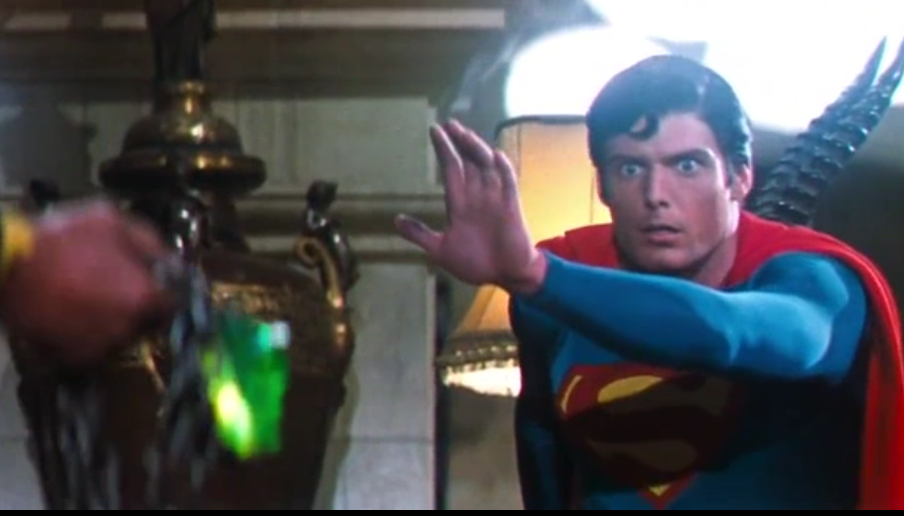This is just “death of the author”
Ultimate IMO, the audience is free to determine the meaning of something, but they’re not free to pronounce that the author intended such a meaning.
As most modern art as basically Rorschach cards on canvas, the interpretation (Illusion? Hallucination?) Is usually left to the viewer.
I don’t remember who said it (so I’m likely butchering the phrase), but I’ve heard that any creative work exists in three forms: The mind of the author, the physical copy, and the mind of the audience.
For example, a book/story exists as the author intends, as the author writes, and as the reader interprets.
No one of the three is more “correct” than the other.
It is not an either / or question.
Everyone, from the creator to the audience, determines the meaning for themselves.
The subjective nature of art is the only truth about art.
The human tendency to copy others behavior also translates into this; when people lack strong feelings about a piece of art, they are more likely to defer to other’s interpretation. This doesn’t mean they share the interpretation, rather that being agreeable was more important to them in the interaction than sharing an honest opinion.
Art is subjective, so there is no one singular meaning.
Meaning only exists as experienced by someone particular in a specific situation in time and space. The meaning-making processes in these situations assume a configuration of previous experiences, and probably conventions, languages, agreements on symbols and metaphors, technologies and so on. “The work” doesn’t have any meaning outside of these situations (maybe it doesn’t even exist, depending on how you define it). The author normally has no control over these situations and thus cannot, practically speaking, determine any meaning. But probably there is neither a “the audience” that can “determine” anything. The audience likely consists of several elements that create meanings in different ways across space and time.
Related issues: The author/creator/performer had an intention that they themselves get to decide. But this intention is not universally and necessarily the same as “the meaning of the work”.
Practically speaking, the purpose of the audience is often to understand the intention of the author/creator.
Discussions of authorial intent may be useful and interesting: https://en.m.wikipedia.org/wiki/Authorial_intent
I completely agree with you. A beautiful landscape is only beautiful when we perceive that, not because it’s inherently beautiful. It’s just a collection of mountains trees lakes whatever.
There is no single meaning. Viewers of the art can find meaning, but it won’t be canonical. I think the meaning the creator intended is important, but that isn’t necessarily what the audience will understand from the work.
So I guess I’m saying that the audience determines the meaning.
If the creator intended a meaning for the piece, the creator.
If the creator made something just for the fun of it and came up with a meaning afterwards, still the creator.
The audience can’t change that but what they can do is to not give a fuck about what the creator thinks so they are free give whatever meaning they want. Specially when the authors are no longer around to complain or explain what were their intentions.
https://en.m.wikipedia.org/wiki/The_Death_of_the_Author
https://www.languagehumanities.org/what-is-an-intentional-fallacy.htm
Among other things, when interpreting a work even what the author says their intention was isn’t particularly relevant because they could, among many other things, be lying.
Yes.
The artist can be wrong about their own work.
The audience, obviously. That’s the majority of people who are going to experience it. Why would I watch anything if I can’t have my own opinions on it?
Neither, I personally determine the meaning of art. Please feel welcome to ask about any pieces you are unsure of
I would like to understand the meaning of Goatse.
“It’s worth it to push through the pain!”
Art is built on metaphor, which is an underlying connection between multiple meanings.
In semantic space, meanings are points while metaphors are vectors.
The creator has a say, but can only influence the audience, not overrule or veto their interpretation.
I argue for the audience for two reasons:
-
The subjective experience for every individual will be different with any form of art.
-
The audience is what determines if something is “art”, so without the audience the creator isn’t producing “art”.
-





